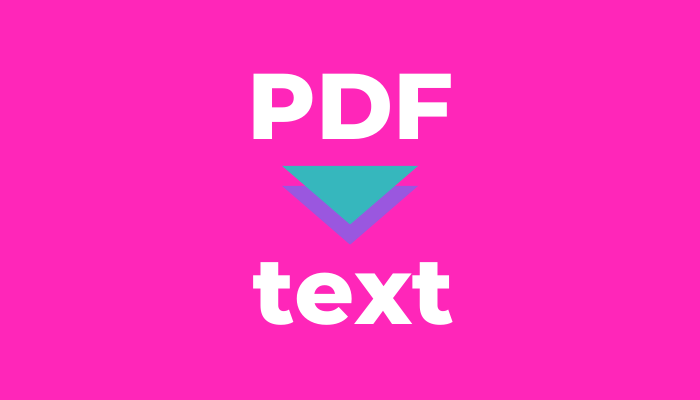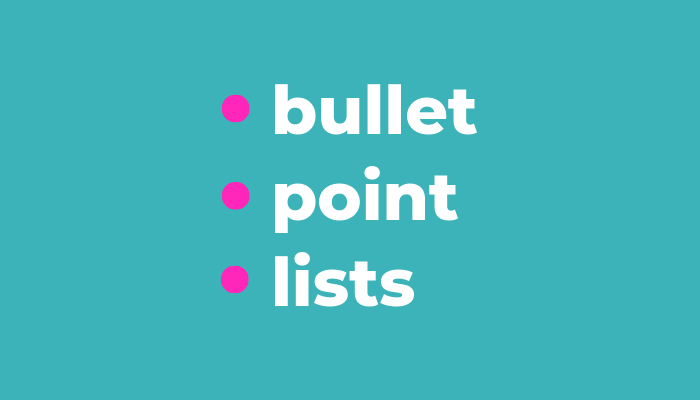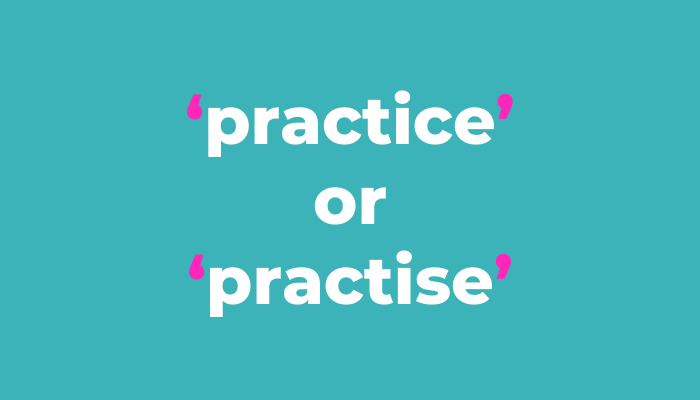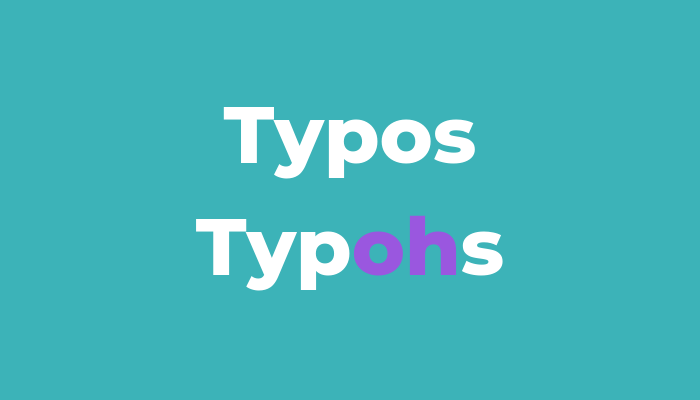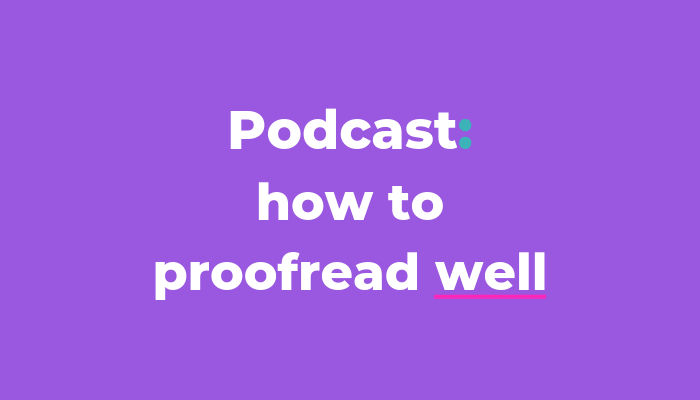UK/US spelling differences (and the exceptions lurking in your B2B copy)
There are some fantastic articles out there on the common spelling differences between British and American English. But what about those awkward outliers they don’t tell you about?
In one week I proofed three pieces of tech content from different B2B copywriting agencies…
► US English ebook written by a UK writer
► UK English landing page for a US company with information taken from the US briefing doc
► UK English article discussing a US tech firm’s new UK event offering
It was days of switching between and checking the two regional variants, with one of those pieces needing both styles (like in this article).
As ever, there are exceptions to the ‘rules’, and these easily slip through when you’re not familiar with the two styles or are too involved in the copy to notice them anymore.
There were issues knocking around in all three of those marketing assets. Let’s not have that!
Those bum-clenching moments when your client phones to say they’ve picked up on issues that your team overlooked are TOUGH. And we know they’re easy mistakes to make – you don’t know what you don’t know or see what you don’t see – but to your client, you’re the expert. You’re being paid to know. And if their content’s already gone live or to print? Best not think about that, eh.
A (not so) simple solution
Use their style guide!
And we all lived happily ever after.
The end.
Ha, if only it was that easy. A style guide is a dream, but around half of the marketing agency content I proofread for their big-name tech clients don’t come with an editorial style guide. Sometimes the agency didn’t receive one, or it’s about brand voice and tone so doesn’t go into the detail I need. (The molecular biology reports I do for European research labs have more comprehensive guides!)
So, below you’ll find some of the main transatlantic trip-ups I find in B2B copy PLUS exceptions to the rules and other fiddly issues to consider.
DIFFERENCE 1: -se and -ze
UK: optimise, maximise, analyse, organisation, specialise
US: optimize, maximize, analyze, organization, specialize
But… The -ze isn’t just an American thing – us Brits use it too. It’s the preferred spelling for the Oxford University Press, and a fair few self-published books about copywriting written by UK copywriters use the -ze too. The -se is seen as the variant, not the default.
DIFFERENCE 2: -re and -er
UK: centre, fibre, calibre, metre
US: center, fiber, caliber, meter
But #1… In the UK, a metre is a unit of measurement whilst a meter is a measuring instrument, like a water meter. Americans use meter to mean both.
Here’s a way to remember the UK spellings:
► Metre = distance = trundle wheel has a ‘tr’
► Meter = measures your water = water has an ‘er’
(Having a trundle wheel flashback to measuring the school playground in year 5 too? Great days, eh.)
But #2… When centre is a proper noun it can cause confusion. The US-originated company might have a specific ‘[Tech Brand] Data Center’. But if your brief is to write in British English, both spellings might feature in the same copy, so making global changes to all instances would create errors. Bugger.
DIFFERENCE 3: -ce and -se
The but starts here… For us Brits, our rule is to spell the noun differently to the verb. Our American folk spell the verb and noun the same, but one is -se and the other -ce.
First up is this confuser.
UK (noun): licence
UK (verb): license
US (noun + verb): license
And now this rotter.
UK (noun): practice
UK (verb): practise
US (noun + verb): practice
If you’re after examples of how these -ce/-se confusables are used, take a look at the articles on licence/license and practice/practise.
DIFFERENCE 4: en- and in-
Meaning ‘to ask’
UK: enquire
US: inquire
But… Americans use enquiry just as much as inquiry in this sense. Inquiry also means a formal investigation in both the British and American English, and for Brits it’s only used in that way.
Meaning ‘to make sure’
UK: ensure
US: insure
But… The US Merriam Webster dictionary tells us that these two (along with assure) have “some meanings which are peculiar to it, some which are not entirely discrete from the others, and some which overlap almost entirely”. Both sides of the Atlantic use insure when it’s an insurance policy against financial risk. But in Blighty, we only use it in that sense.
DIFFERENCE 5: programme and program
Meaning an outlined order or agenda (like a series of events or sport/music guide) or telly programme
The use of this noun is such a common error in the B2B tech copy I work on.
UK: programme
US: program
But… We use program in British English too to mean tech software/hardware or as the verb to program something.
And like Data Center/Centre, the copy might mention their specific US-branded ‘[Flash Tech] Partner Program’ and then share details on its annual UK conference programme aimed at UK-based partners.
How do you decide what to use?
If you don’t have a style guide from your client, head to these resources to see what they do.
For US English, the BuzzFeed Style Guide is a great place to look if you don’t want to pay for the Associated Press Stylebook or The Chicago Manual of Style! It uses the AP Stylebook as it’s preferred basis.
UK English has the Guardian and Observer, Government Digital Service and BBC News style guides.
And if after your research you’re still stuck on how best to approach it? Query it with your client so they can decide. They can query it with their client if they need.
A good chunk of the things you find won’t be errors, they’ll be stylistic choices the writer made – consciously or not.
Don’t make assumptions.
As the writer or proofreader, you’re the one with the expertise and knowledge. Querying isn’t about wanging a whopping bunch of questions their way. It’s for when you’ve looked into options and it’s safer to let someone closer to the original information make that call.
Don’t make unnecessary changes.
Remember that US ebook written by a UK writer I mentioned at the start? Imagine they’d used ensure or enquiry throughout. That’s more UK English than US, but is it really wise to change them all to insure or inquiry? It’s perfectly acceptable as it is.
Making a global change like that at the proofreading stage can lead to other issues. We need to think about the person dealing with those amends, the designer updating the artwork and how it can impact the typesetting. And it’s so easy for us, our clients and their designer to all accidentally insert an error into otherwise accurate copy.
That’s a lot of risk (and faff) that could be avoided.
I’ve developed my own approach to both how I query before amending the file and how I query in the file itself, as both are usually needed. It’s the approach I used to ask about an -ise/-ize mix with the marketing agency client for their global tech client’s landing page PDF. They speedily replied with an “it’s already worth hiring you!” and the answers I needed.
Quick change
If you’re proofing your own copy or you’re scheduling time for your team, how much time do you factor in? Thirty minutes for an article, an hour for a report? You’ll not get anywhere near the nitty gritty in that time.
You might use the Find & Replace CTRL+H to save time, but it can create more issues than you started with if you’re not careful. It’s best to work through and replace each instance individually than make ‘replace all’ changes. You can easily miss those unexpected knock-on effects.
I like big ‘buts’ and I cannot lie
Proofreading isn’t just reading and rules and right and wrong. It’s looking for all these details and nuances, and working out how best to approach each query for each piece of content for each client.
So, now you know the UK/US spellings that regularly cause confusion or are easily overlooked in B2B copy. And you’re one up on your competitors now you know the exceptions and how to smoothly – and confidently – deal with them.
And if anything does slip through? (Because it can. And will). Your clients will know you’ve used your expertise and knowledge to approach it as carefully and considered as you could.








